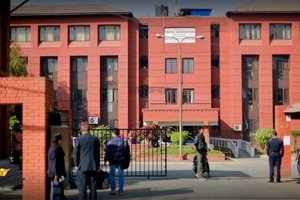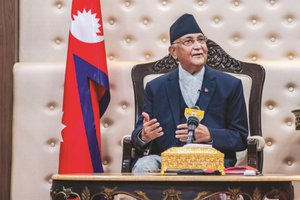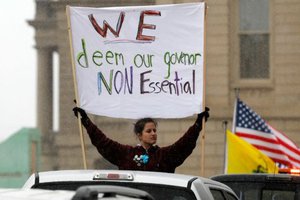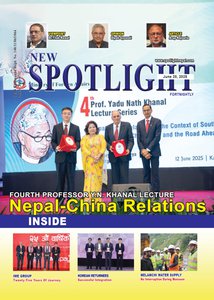Articles
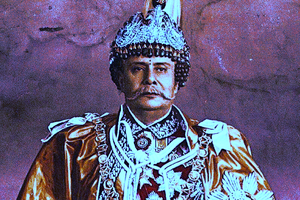
State Of Nepal’s Economy And Development Prior To The Introduction Of Padma Shamsher's Constitution
An isolated agrarian society, Nepal has always been a home to a diversity of animals, forests, medicinal resources, pastures, and a source of various minerals and precious stones. Several locations in the Himalayas, the hills and the plains have historically had religious significance for Hindus, Buddhists and Kirats, attracting religious tourists from Nepal’s neighboring countries. These resources have had economic implications for the country. According to the 1941 census, the population of Nepal had already reached 6,283,649, although very little had changed in terms of Nepal’s economic state. Economically, Nepal was a feudal country until 1950-51, after which the predominant part of the national economy began moving towards subsistence agriculture. This article is aimed at reviewing the state of Nepal's economy and development prior to the introduction of the Constitution of Prime Minister Padma Shamsher in 1948.
By Dr. Bipin Adhikari Apr 20, 2020
Latest Updates
- Tik Talker Rama Basnet released on bail of Rs 30,000
- 1 day, 22 hours ago
- PM Oli Urges Evey to Make Yoga a Daily Life
- 1 week ago
- Neal’s First Flyover Construction Completed
- 1 week, 1 day ago
- Court Orders Two Important Order in Favor of Press Freedom
- 1 week, 1 day ago
- Ministry of Foreign Affairs issued A Travel Advisory for the Middle East
- 1 week, 2 days ago
- Government Has Started The Implemenation of Resolution of Sagarmatha Sambad: Minister Shahi
- 1 week, 3 days ago
- Journalist Pathak files writ petition in High Court against arrest warrant
- 1 week, 5 days ago
- Parliament was run in a tyrannical manner: Gyanendra Shahi
- 1 week, 5 days ago
- Nagrik-Arju Dispute: She Says - 'I Spoke With Shobha Gyawali, I Am Surprised To See Reaction That I threatened'
- 2 weeks, 1 day ago
- Durga Prasai remanded in custody, 32 released on bail in
- 2 weeks, 1 day ago







